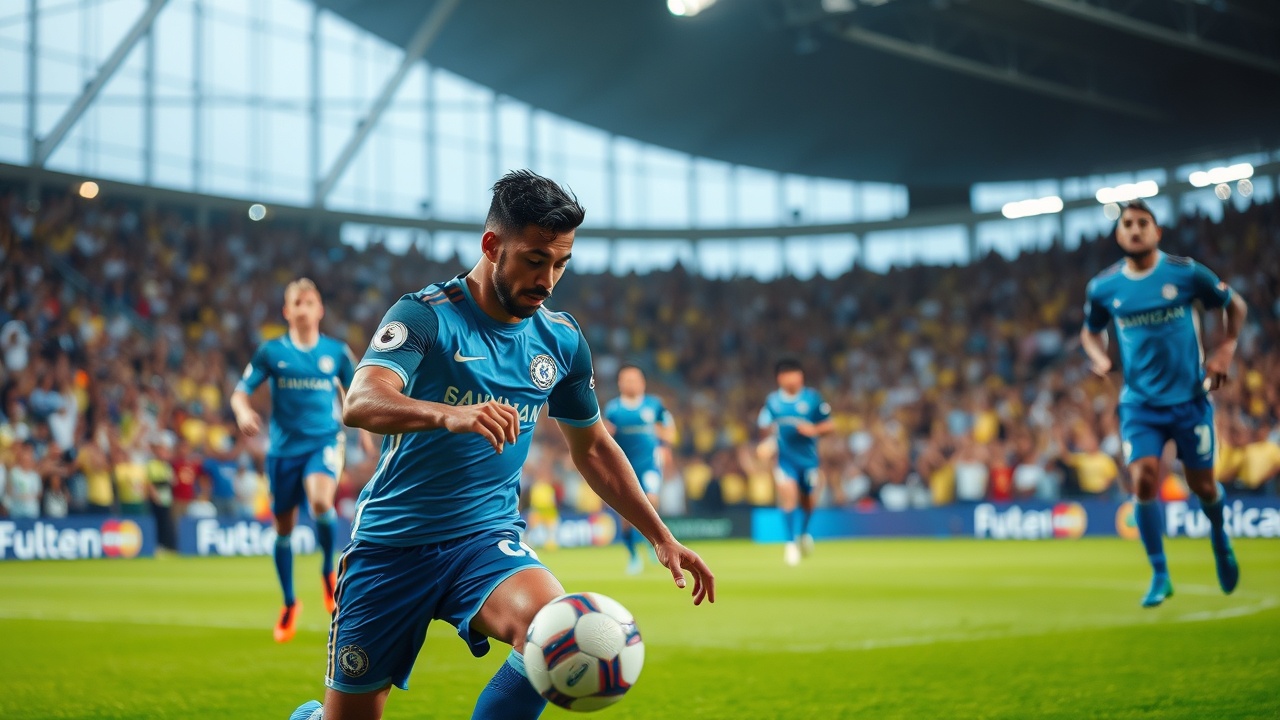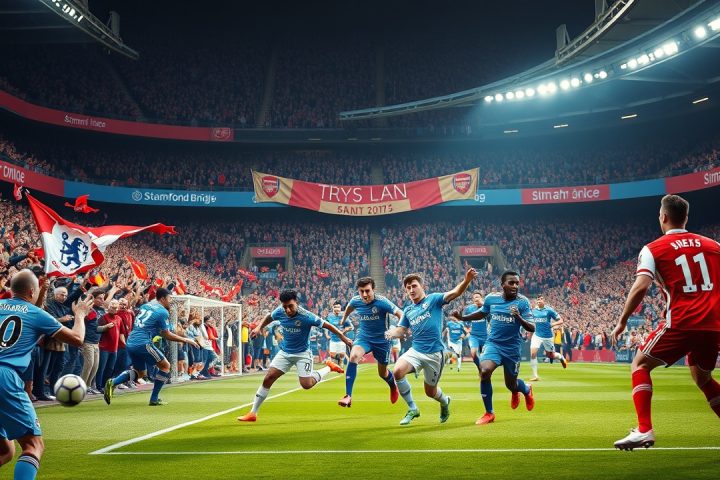Chelsea’s Victory Celebration
The atmosphere at Lincoln Financial Field was electric as Chelsea players celebrated their victory, particularly gathering around Estevao, who is set to join the club from Palmeiras. Despite the language barrier, teammates Cole Palmer and Liam Delap turned to Dario Essugo to express their admiration for Estevao, highlighting the camaraderie that already exists within the squad.
Estevao’s Transfer and Potential
Estevao’s last match for Palmeiras, a Club World Cup quarter-final, was memorable not only for its significance but also for the stunning goal he scored, leaving fans with a lasting impression before his £29.3 million transfer to Chelsea, which could rise to £49 million based on his performance.
Palmeiras head coach, Abel Ferreira, praised Chelsea for securing such a talented young player, while also advising the club to nurture Estevao, who at just 18 will undoubtedly face challenges as he adapts to the English game. Ferreira acknowledged Estevao’s immense potential, citing his impressive record of 27 goals in 83 matches for Palmeiras and a burgeoning international career with five caps for Brazil.
Chelsea’s Strategy in Brazilian Talent Acquisition
Chelsea’s interest in Brazilian talent has expanded recently, positioning them among established clubs like Real Madrid and Porto in the South American youth market. They previously acquired players such as midfielder Andrey Santos and forwards Angelo Gabriel and Deivid Washington, totaling nearly £43 million in investments within a year. Estevao’s transfer is part of a broader strategy to secure promising talents at youth levels—although this approach has elicited debate about its effectiveness.
The Debate on Young Player Development
Brazilian football has a history of exporting young players, which has become a reality in the modern economic climate of football. As clubs like Palmeiras and Fluminense prepare to showcase their top talents on international stages, this trend leads to discussions regarding the impact on players’ development. The transfer of young players often stirs controversy, with many fearing that rushing to Europe too soon could hinder their growth and adaptation.
Veteran football journalist Tim Vickery emphasizes the duality of this recruitment approach, where some players, like Vinicius Junior, have succeeded, while many others struggle to find their footing in an unfamiliar environment, leading to stagnation.
He cites numerous instances where players have been signed too early and faced challenges adjusting to high-pressure situations in European leagues, often compromising their careers.
Concerns Over Chelsea’s Past Signings
Potential cautionary tales from past signings echo through the annals of Chelsea’s history with Brazilian talent. Several players have moved from Brazil to England only to spend years on loan, failing to secure meaningful playing time at top clubs. This raises concerns about the infrastructure in place for these youths to flourish in a system increasingly saturated with talent.
Looking Ahead: Estevao’s Future
Estevao’s case serves as both a hopeful narrative and a cautionary reminder of the challenges young athletes face when transitioning to European football. His unique skill set and vision for the game resonate with those who see him as a possible standout talent. Yet, the question remains: How will Chelsea, now laden with young forwards, balance the integration of talents like Estevao in an already congested team framework?
In recent years, Chelsea has mirrored the late Roman Abramovich era, aiming for Brazilian stars with high potential, but previous attempts have yielded a mixed legacy. Fans and analysts alike are keenly observing whether this time will yield a different outcome with Estevao, as he joins a club loaded with attacking options competing fiercely for limited starting positions.
While Chelsea hopes Estevao can navigate the early struggles and emerge as a star, the broader implications of their strategy in acquiring and integrating young talent raise essential questions about the future of player development in top-tier football. As clubs continue to scout and invest in the next generation, the balance between nurturing talent and operational viability remains a crucial aspect of the football business landscape.




